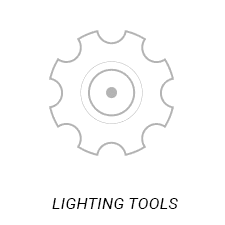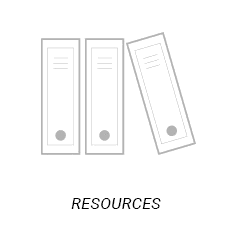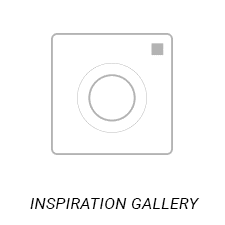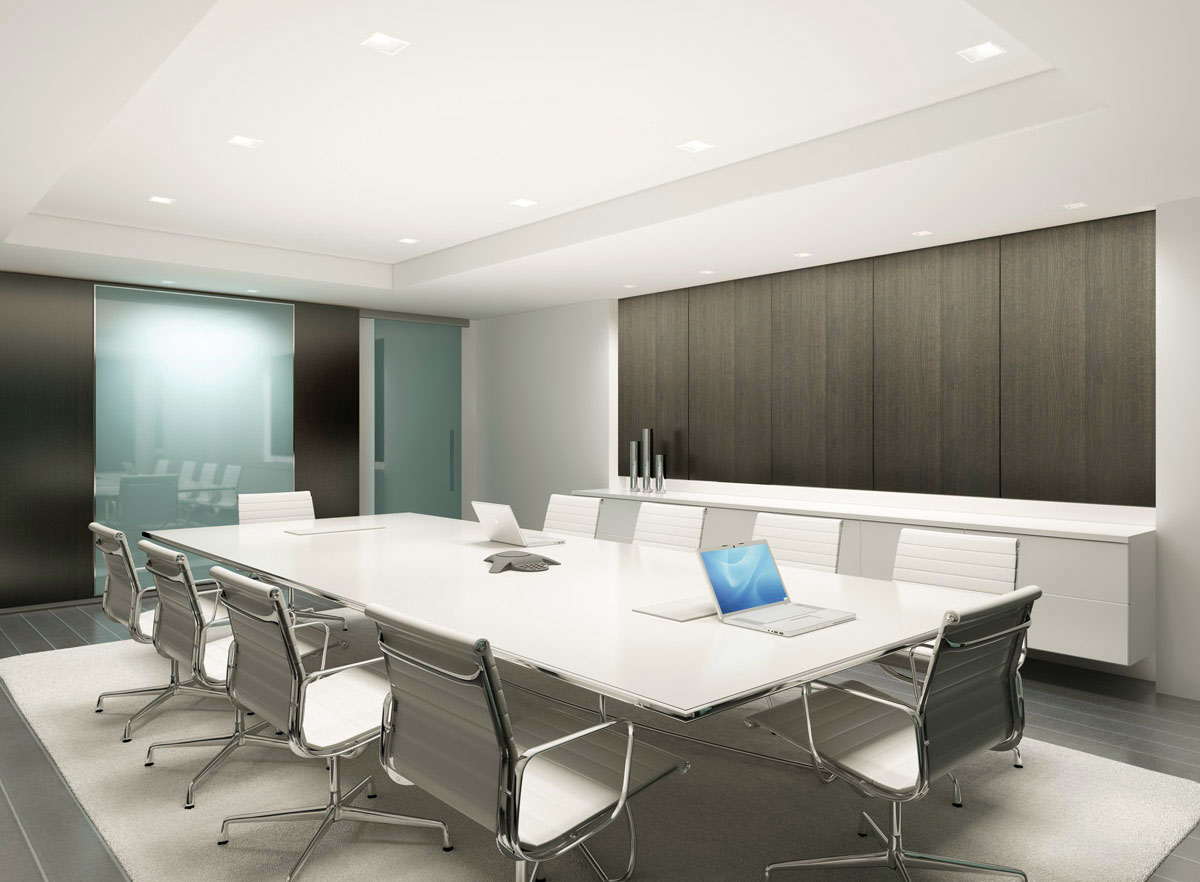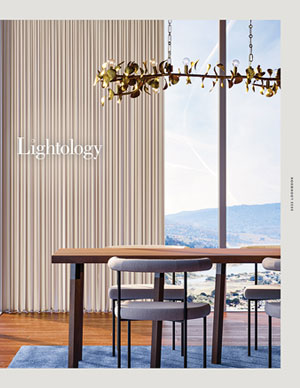- Showroom
- Design Services
- Support Center
- |(866) 954-4489

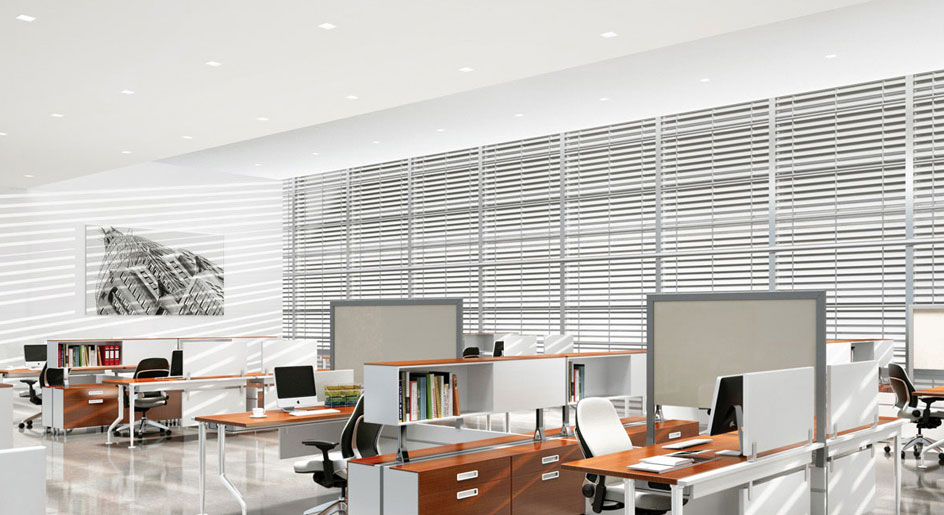
Recessed Lighting:
The Basics
Recessed lighting is an essential component to any well-lit space. It provides ambient and task lighting, highlights architectural features, accents art, wall textures, and more. When designing a space, we tend to focus on the decorative elements, like chandeliers and lamps, but let's not forget the hardest worker in the room: Recessed lights.
What is recessed downlighting? What is its purpose and when/where is it used?
Recessed lighting is a highly practical, multi-functional and aesthetically pleasing lighting solution that blends well with most design schemes. Recessed down lights, sometimes known as can lights, are the most common form of architectural lighting found in residences today.
Recessed lighting can achieve a wide range of lighting effects appropriate for a variety of purposes in diverse indoor and outdoor environments. Ambient lighting, task lighting, accent lighting, and wall washes are all possible with recessed lighting fixtures using incandescent, low voltage incandescent, LED, and/or compact fluorescent lamps.
Use recessed lighting to illuminate an entire room, accent chosen features within the room, highlight textured surfaces for visual drama, and/or direct functional light toward specific areas where necessary.
What are the two basic components of a recessed lighting fixture? What is a recessed lighting housing? What is a recessed lighting trim?
A recessed lighting fixture comes in two separate sections that are usually sold separately.
The housing is the portion of the fixture installed above the ceiling. It contains all of the electrical parts, including the bulb socket, as well as a mounting frame for New Construction Housings. Remodel Recessed Housings are designed to work with your existing ceiling. There is an immense variety in housing options to accommodate a wide range of ceiling conditions, lighting effects and functions, and trim sizes.
The trim is the visible portion of the fixture.
Shop Recessed Lighting
- Customer Service
- Get started
- Design Services
- Company

